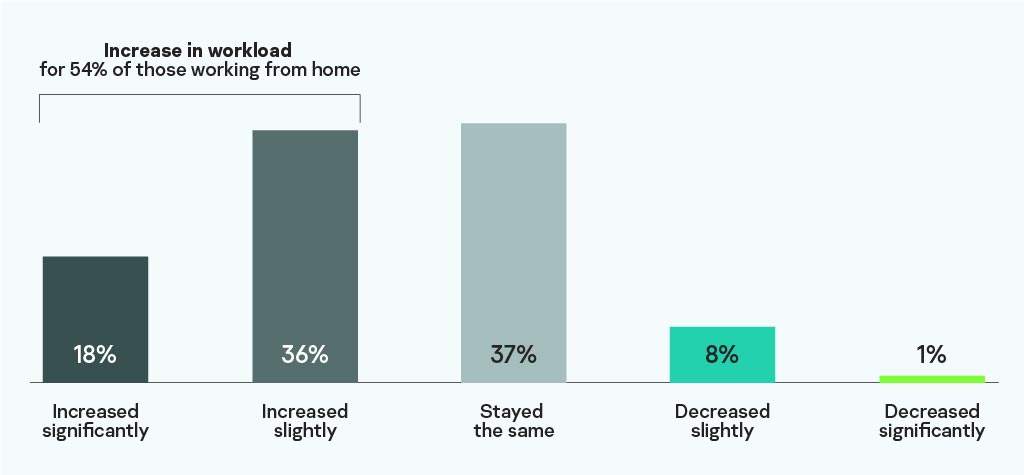
Collaborative Web Development: Best Practices for B2B Teams
Successful web development projects in today’s fast-paced digital world rely on effective collaboration within B2B teams. But what does collaborative web development really mean? How can teams work together seamlessly to achieve outstanding results?
In this guide, we’ll explore the importance of collaborative web development in B2B teams and provide you with practical strategies to enhance your team’s productivity.
We’ll start by delving into Agile methodologies, a dynamic approach that empowers teams to adapt and iterate quickly. You’ll learn how Agile can supercharge collaboration and unlock your team’s potential. We’ll also shed light on Version Control Systems, tools that promote teamwork and safeguard your code’s integrity.
Communication lies at the heart of successful collaboration, so we’ll explore essential communication tools that B2B teams can leverage to streamline their workflow. We’ll also uncover the power of project management software, a vital ingredient for cohesive teamwork and project success.
By the end of this guide, you’ll have gained the knowledge to implement these best practices and take your collaborative web development to new heights. Let’s dive in!
Embracing Agile Methodologies

You may have heard of Agile, but what exactly is it? In simple terms, Agile is a way of managing projects. It encourages frequent inspection and adaptation, making it a real game-changer in web development.
Here’s a fun fact: A report by PWC revealed that Agile projects are 28% more successful than traditional ones. This success is no accident! Agile can turbocharge collaboration and productivity within your B2B team. It’s like a secret sauce, enabling your team to respond to changes more quickly and efficiently.
Let’s look at an Agile practice called Scrum. Scrum operates on the principle of “sprints,” usually two-week periods during which tasks are to be completed. For example, let’s say your B2B team is working on adding a new feature to a website, like a customer chat function. This task would be broken down into smaller tasks, such as designing the UI, coding the backend, testing, etc. These tasks make up a “sprint.”
Every day, there’s a brief meeting where team members report their progress and any obstacles they’re facing. Once a sprint is complete, the team reviews their work and plans for the next sprint. It’s a repetitive cycle that encourages frequent review and adjustment.
The Importance of Version Control Systems
It’s hard to picture effective collaboration among web developers working remotely without using a Version Control System (VCS). Think of VCS as a time machine for your code. It keeps track of changes, allowing your team to revisit older versions if necessary. This can be a lifesaver, especially when dealing with complex web development projects and website strategies.
Two popular VCS platforms are Git and SVN. Git is the superstar of VCS. Its distributed nature allows each developer to maintain a full copy of the project history on their local machine. That means they can work independently, boosting collaboration and productivity.
Although it’s a bit older, SVN provides a centralized repository for developers, which can benefit large-scale projects.
Regardless of the VCS you choose, the goal is to enhance team collaboration and maintain code integrity. Using VCS, your B2B team can avoid the nightmare of overwritten code and keep projects running smoothly. It’s like an insurance policy for your code, ensuring that no work gets lost in the shuffle.
Leveraging Communication Tools
When it comes to successful web development, verbal communication is the glue that holds your B2B team together. In fact, according to a report from Fierce Inc., 86% of employees attribute workplace failures to poor communication. It’s vital to get this right.
The good news is that there are a wide range of communication tools designed to keep your team in sync. Take Slack, for instance. It’s like a virtual office where your team can share ideas, provide updates, and even hop on a quick call. Using Slack is like having a chat in the break room, only online.
Microsoft Teams is another great tool that acts as your hub for teamwork. Teams is a one-stop shop where you can chat, meet, call, and collaborate, all in one place. With features like document collaboration, video meetings, and even task assignments, it takes team communication to a whole new level.

However, strong communication is about more than using good tools—it’s about using them effectively. So, what are some best practices?
First, keep your communication clear and concise. Whether updating a project status or asking a question, ensure your message is easy to understand.
Second, use the right tool for the right task. Instant messaging might be the way to go for quick updates or clarifications, but a video call might be more suitable for in-depth discussions or brainstorming.
Lastly, make sharing information a breeze. You can leverage dynamic QR codes as the simplest and fastest solution. For example, if you have digital documents or training materials that you want to share with your team, you can generate a QR code for it. Upon scanning the code, your colleagues will immediately be directed to the relevant document or information. This also allows you to track who has accessed it and who hasn’t, so you know which team members are up-to-date.
The Power of Project Management Software
Often, poor project management is the reason why web development projects fail. That’s where project management software steps in. Think of project management software as your personal assistant, keeping track of tasks, deadlines, and team collaboration. It’s crucial in collaborative web development because it helps bring order to your creative chaos, ensuring your projects run smoothly.
Let’s look at a couple of the top players in the field: Jira and Asana.
Jira
Jira, often used by development teams, is great for managing complex projects. It helps teams plan, track, and release great software. Imagine being able to see the status of every task at a glance, right down to who’s working on what. It’s like a command center for your project.
For example, you start a new web development project. You create a project in Jira, break it into tasks, and assign them to team members. Each task moves through different stages like “To Do,” “In Progress,” and “Done,” visible on a shared board. As developers work, they update their task status, giving everyone insights into real-time progress.
This type of interface also makes workload planning easier. You can view each team member’s tasks; if someone is overloaded, you can easily reassign some of their tasks to others. Having a bird’s-eye view of what your team is doing helps you maintain a balanced workload distribution.
Jira also supports time-blocking through its features and integrations. In Jira, each task can be assigned a time block in the calendar. For instance, a developer might block out a specific time each day for code review or to debug issues. Once these time blocks are set, they become visible to the whole team, allowing for an even more granular level of planning.
Asana
Asana is a versatile tool loved by teams across different industries, not just web development. You can visualize your work, track it, and manage all your details in one place.
When you create a project in Asana, you can add and assign tasks. You can visualize those tasks as a list, board, or timeline. Team members update their task status, add comments, or attach files as they work. This keeps everyone informed and ensures that no detail slips through the cracks. Asana is great for coordinating cross-functional teams.
Using Communication Tools Effectively
But having these tools is half the battle. The key is maximizing their use for improved workflow and collaboration. So how can you do that?
One way is to ensure everyone on the team understands how to use the software. Conduct training sessions if necessary. Then make sure to use the tools consistently. It’s also important to update the project details regularly, as outdated information can lead to confusion and mistakes.
Creating a Culture of Well-Being in Hybrid Working B2B Teams

Research indicates a staggering 54% of remote workers have reported an uptick in their workload since transitioning to a work-from-home setup. In addition, one-third of the employees suffered from feelings of isolation, tiredness, or anxiety. Prioritizing your team’s well-being is equally as crucial as meeting project deadlines. A healthy team is a productive team, after all.
That’s why you need to encourage a healthy work-life balance for your team. Ensuring the well-being of your employees is of utmost importance, and preventing burnout is a top priority. Regular check-ins and flexible schedules help address individual needs. Likewise, provide mental health support through access to counseling services or by fostering an environment where discussing mental health is encouraged.
Conflict is a natural aspect of every team, including hybrid teams. But the key is resolving it effectively. Offer training on communication and problem-solving skills, fostering a team that can handle disputes constructively.
This is where a life coach’s expertise can be invaluable. By providing unbiased mediation, they can help different parties communicate their viewpoints effectively and reach a common ground. Moreover, with their unique coaching philosophy, life coaches can inspire team members to work toward personal and professional growth, fostering a positive and motivated remote work culture.
Finally, it’s essential to cultivate a culture of recognition. Celebrate each team member’s contributions, big or small, to foster a sense of value and achievement. By acknowledging their hard work and success, you inspire individuals to strive for excellence. This approach boosts engagement, uplifts morale, and fosters a collaborative work environment.
Elevating Your Web Development With Effective Collaboration
Collaboration is the key to success for web development teams. By embracing Agile methodologies, utilizing Version Control Systems, leveraging communication tools effectively, and harnessing the power of project management software, teams can enhance their collaboration and achieve outstanding results.
Clear and concise communication is the glue that holds B2B teams together, and with the right tools, such as Slack and Microsoft Teams, teams can streamline their workflow and keep everyone on the same page. In addition, project management software, like Jira and Asana, acts as a personal assistant, ensuring tasks, deadlines, and team workload are well managed.
However, it’s not just implementing these practices and tools—it’s about prioritizing your team’s well-being. By encouraging a healthy work-life balance, providing mental health support, and fostering a positive and motivated work culture, you can ensure that your B2B team thrives.
When you are armed with these best practices and insights, your collaborative web development endeavors are bound to reach new heights. Embrace the power of collaboration and watch your team achieve remarkable success in the dynamic world of web development.

